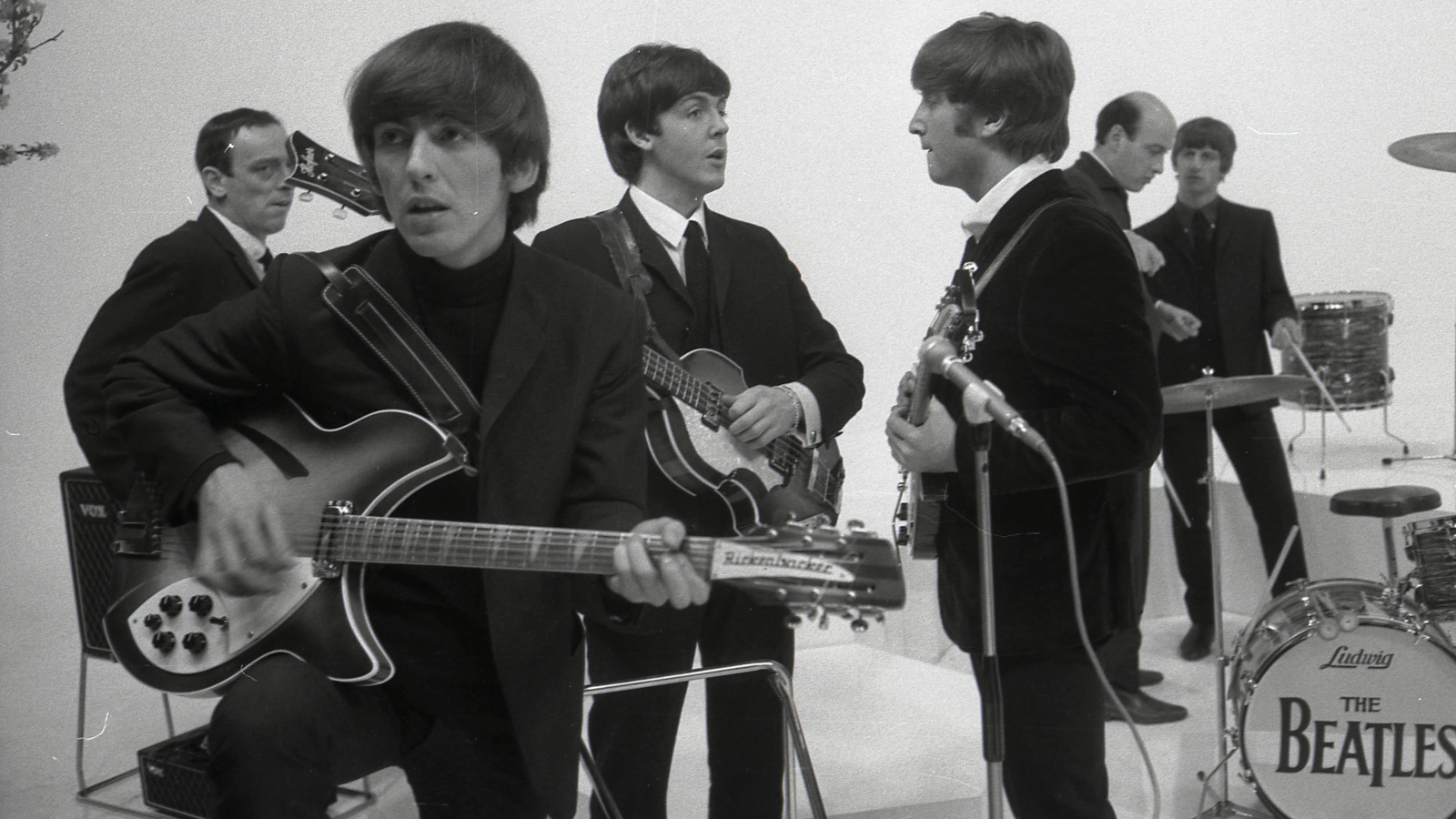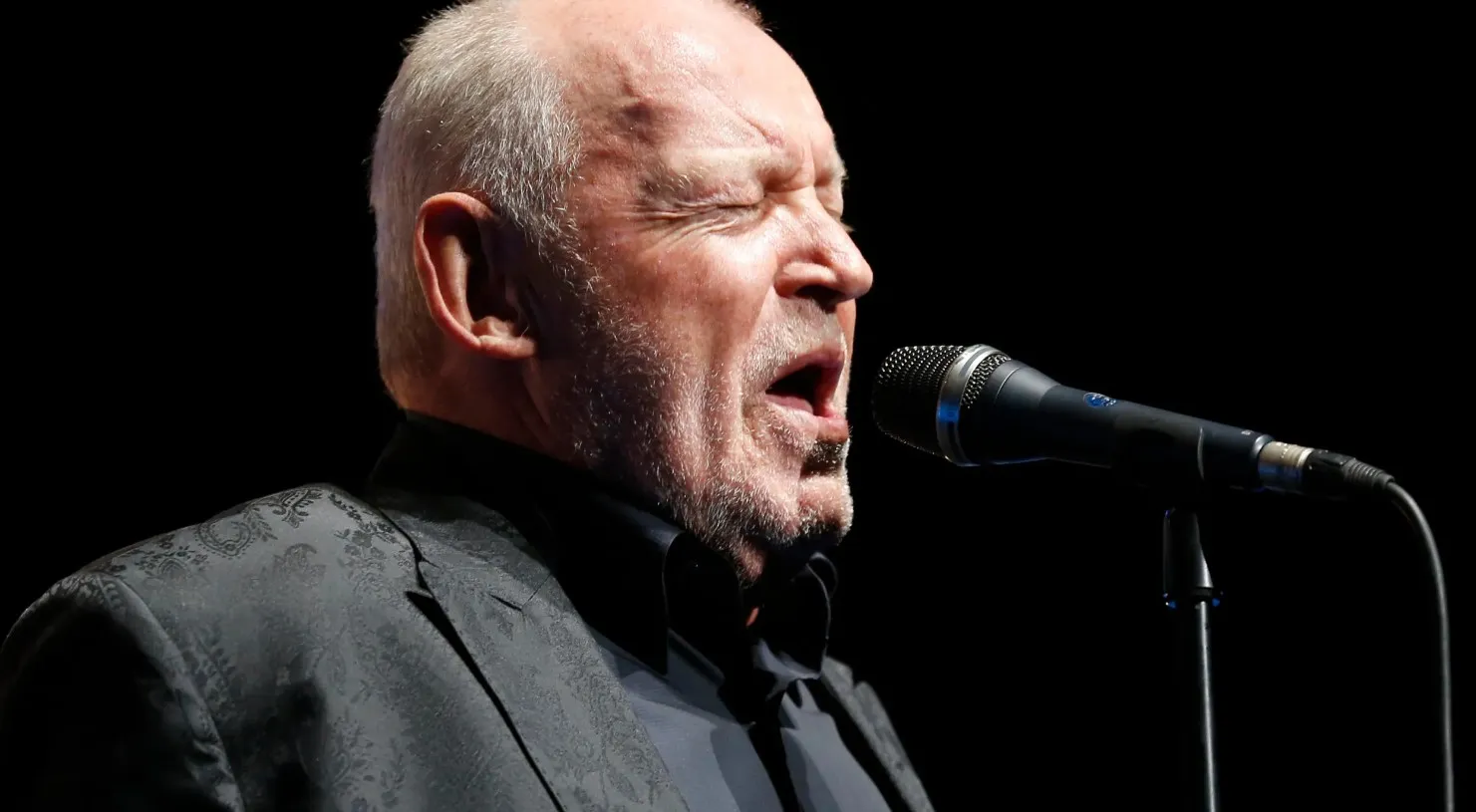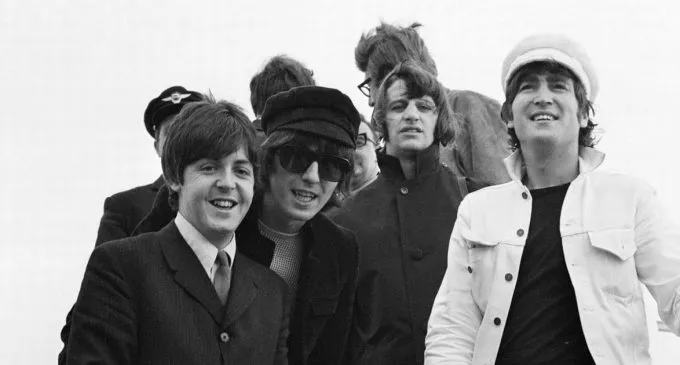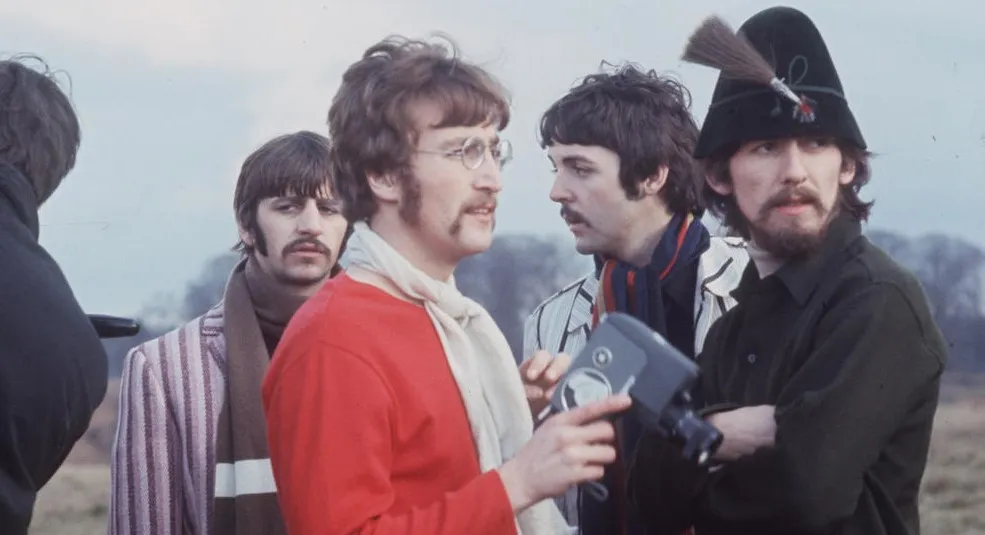The Beatles are widely regarded as one of the greatest bands in music history, and their impact on popular culture is immeasurable. Known for their innovative songwriting, harmonies, and musicianship, The Beatles forever changed the landscape of rock and roll. But have you ever wondered who taught The Beatles to play guitar? The story of how John Lennon, Paul McCartney, George Harrison, and Ringo Starr became the musicians they were is a fascinating tale of self-discovery, mutual teaching, and a bit of formal guidance.
The Beatles Guitarist Origins: A Story of Mutual Teaching
The Beatles were not classically trained musicians; instead, their musical journey began in a more informal and collaborative setting. Each member had a different path to learning guitar, and their combined experiences contributed to the distinctive sound of The Beatles.
John Lennon: The Banjo Roots

John Lennon, the founder of The Beatles, had a somewhat unconventional start to his guitar journey. Born in Liverpool in 1940, John was raised by his Aunt Mimi after his parents separated. His mother, Julia Lennon, remained a significant influence in his life, particularly when it came to music. Julia was an accomplished musician herself, and she taught John to play the banjo when he was a teenager.
Julia's teaching style was casual, and John learned to play by ear, picking up chords and strumming patterns on the banjo. His early exposure to the banjo had a lasting impact on his guitar playing, particularly in his strumming technique. This banjo-style approach would later be evident in some of The Beatles' early recordings, where John's rhythmic strumming added a unique texture to their sound.
However, John's transition from banjo to guitar was not immediate. He initially played the guitar in a similar fashion to the banjo, which involved tuning the guitar in a way that was more comfortable for his banjo-trained fingers. It wasn't until later, when he began playing with Paul McCartney and George Harrison, that John adapted his style to the traditional guitar tuning and chord progressions.
Paul McCartney: The Self-Taught Multi-Instrumentalist
Paul McCartney's journey to becoming The Beatles' bassist and one of the greatest songwriters of all time began with a love for music that was nurtured from a young age. Born in 1942, Paul grew up in a musical household, with his father playing the piano and encouraging his sons to explore music. Paul's first instrument was not the guitar, but the trumpet, which his father gave him for his 14th birthday. However, Paul soon realized that playing the trumpet made it difficult to sing simultaneously, so he decided to switch to the guitar.
Paul's early guitar playing was largely self-taught. He would listen to records, trying to replicate the sounds he heard by ear. This method of learning helped him develop a keen sense of melody and harmony, which would later become hallmarks of The Beatles' music. Paul was also left-handed, which presented a challenge when he first started playing guitar. Most guitars were made for right-handed players, so Paul initially played on a right-handed guitar, which he strung upside down.
Paul's tenacity in learning the guitar paid off, and he quickly became proficient. His melodic bass lines, innovative chord progressions, and intricate fingerpicking style were integral to The Beatles' sound. Interestingly, Paul and George Harrison often taught each other new chords and techniques, further refining their skills.
George Harrison: The Quiet Virtuoso

George Harrison, often referred to as "The Quiet Beatle," was the youngest member of The Beatles, born in 1943. George's introduction to the guitar came when he was around 13 years old, inspired by the skiffle craze that swept through Britain in the 1950s. Skiffle, a genre that combined jazz, blues, and folk music, was popularized by artists like Lonnie Donegan, and it inspired many young musicians to pick up instruments and form bands.
George's first guitar was a cheap, second-hand model, and he was largely self-taught, much like Paul and John. However, George was known for his meticulous attention to detail and his determination to master the instrument. He spent countless hours practicing, learning chords, and experimenting with different styles.
One of George's early influences was Chet Atkins, an American guitarist known for his fingerpicking technique. George admired Atkins' style and worked diligently to incorporate similar techniques into his own playing. This influence is evident in George's later work with The Beatles, where his intricate fingerpicking and slide guitar techniques became a defining feature of their sound.
George's friendship with Paul McCartney played a significant role in his development as a guitarist. The two would often sit together, exchanging ideas and teaching each other new chords and songs. This collaborative approach not only helped them improve as musicians but also laid the foundation for the close-knit dynamic that would define The Beatles.
Ringo Starr: The Drummer's Role in The Beatles' Guitar Legacy
While Ringo Starr is best known as The Beatles' drummer, it's important to acknowledge his contributions to the band's overall sound and how he complemented the guitar work of John, Paul, and George. Born Richard Starkey in 1940, Ringo's musical journey began with drumming, but he also had a basic understanding of the guitar.
Ringo's drumming style was unique, characterized by its simplicity and effectiveness. His steady beats provided the perfect foundation for The Beatles' guitar-driven music. While he may not have been directly involved in teaching or playing the guitar, his drumming played a crucial role in shaping the band's sound. Ringo's ability to lock in with the bass and guitar parts helped create the tight, cohesive sound that became a hallmark of The Beatles.
The Beatles' Collaborative Learning Process

The Beatles' journey as guitarists was marked by a strong sense of collaboration and mutual learning. While each member had their own influences and approaches to the instrument, they constantly shared ideas and techniques with one another. This collaborative spirit was a key factor in their musical growth and the evolution of their sound.
As they began to play together more regularly, John, Paul, and George would spend hours practicing and refining their guitar skills. They learned from each other's strengths and weaknesses, constantly pushing each other to improve. This mutual teaching process was not limited to guitar techniques but also extended to songwriting, harmonizing, and arranging.
One of the most significant aspects of The Beatles' guitar playing was their ability to blend their individual styles into a cohesive whole. John's rhythmic strumming, Paul's melodic bass lines, and George's intricate lead work came together to create a sound that was greater than the sum of its parts. This synergy was a key factor in The Beatles' success, as it allowed them to explore new musical territories and experiment with different genres.
The Influence of Early Rock and Roll

While The Beatles were largely self-taught, they were also heavily influenced by the rock and roll pioneers of the 1950s. Artists like Elvis Presley, Buddy Holly, Chuck Berry, and Little Richard had a profound impact on their music, particularly when it came to guitar playing.
John, Paul, and George were avid fans of these early rock and roll stars, and they spent countless hours listening to their records and trying to replicate their sounds. Chuck Berry's distinctive guitar riffs, Buddy Holly's chord progressions, and Elvis Presley's rhythm guitar work all left their mark on The Beatles' guitar playing.
These influences can be heard in many of The Beatles' early recordings, where they paid homage to their rock and roll heroes while also developing their own unique sound. Songs like "Twist and Shout," "Roll Over Beethoven," and "I Saw Her Standing There" showcase The Beatles' ability to blend their influences with their own creative ideas.
The Beatles' Guitar Legacy

The Beatles' journey as guitarists is a testament to the power of self-teaching, collaboration, and a shared passion for music. While they may not have had formal training, their dedication to the instrument and their willingness to learn from each other allowed them to develop into one of the most influential bands in history.
The guitar work of John Lennon, Paul McCartney, and George Harrison played a crucial role in shaping The Beatles' sound and their impact on popular music. Their ability to innovate, experiment, and push the boundaries of what was possible with the guitar helped pave the way for future generations of musicians.
Today, The Beatles' guitarist legacy continues to inspire countless musicians around the world. Their songs, riffs, and techniques are still studied and emulated by guitarists of all skill levels, and their influence can be heard in virtually every genre of modern music.
The story of who taught The Beatles to play guitar is not just about individual lessons or formal instruction. It's a story of friendship, collaboration, and a deep love for music that transcended traditional learning methods. The Beatles' guitarist journey is a reminder that with passion, dedication, and a willingness to learn from others, anything is possible – even changing the course of music history.



